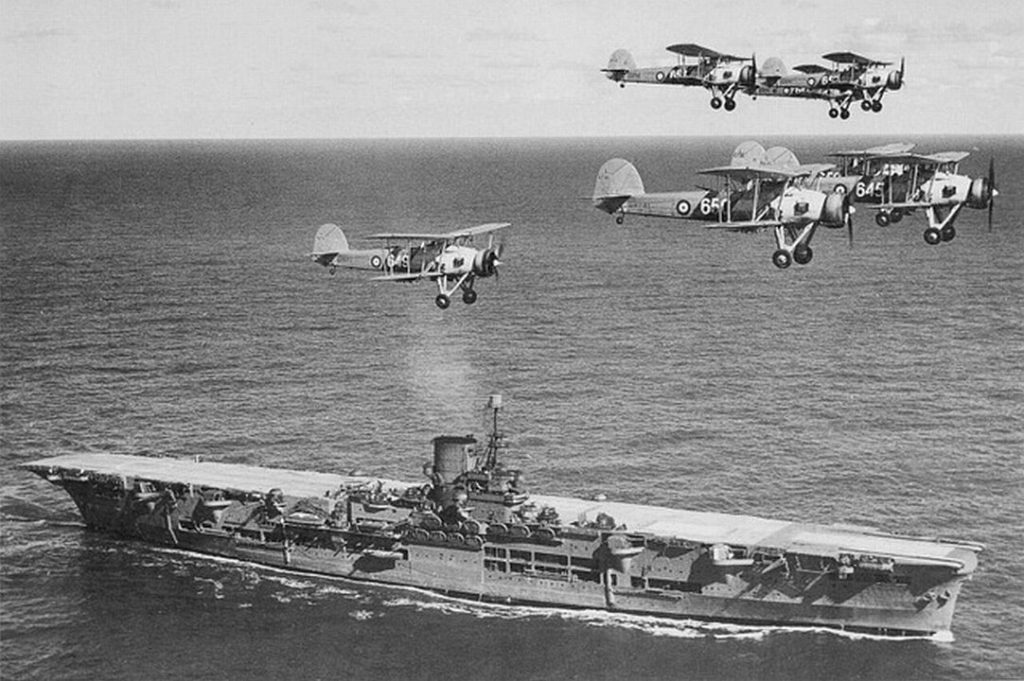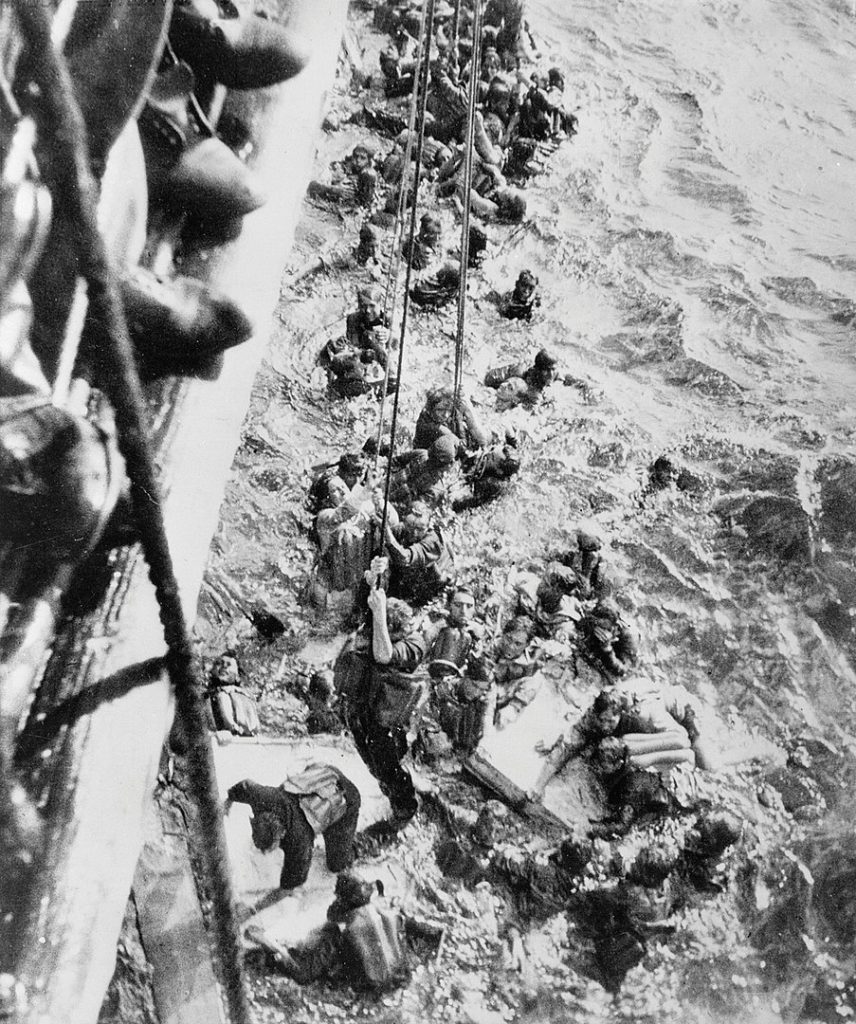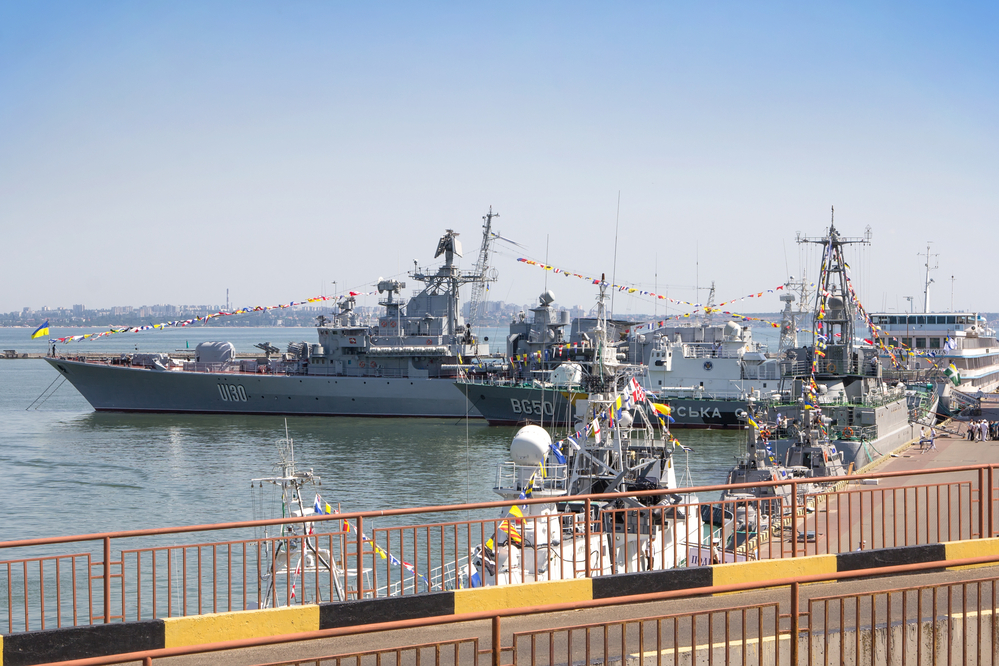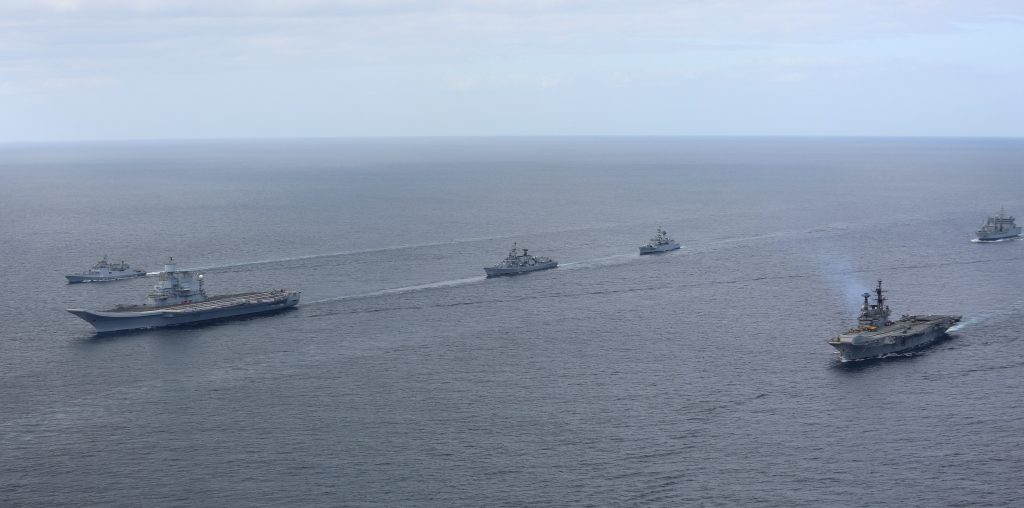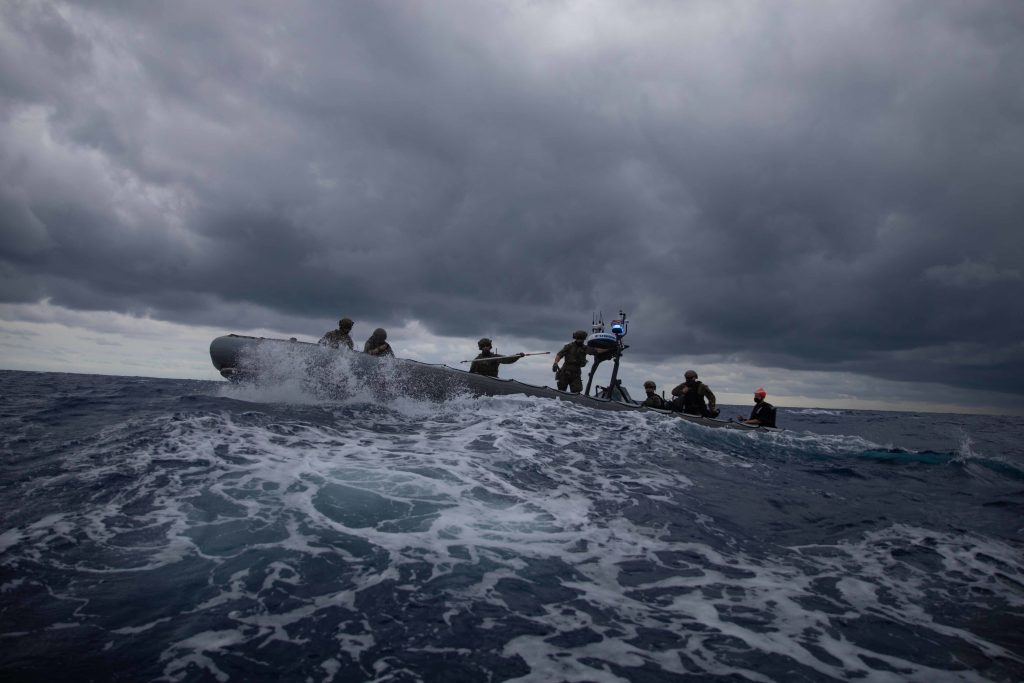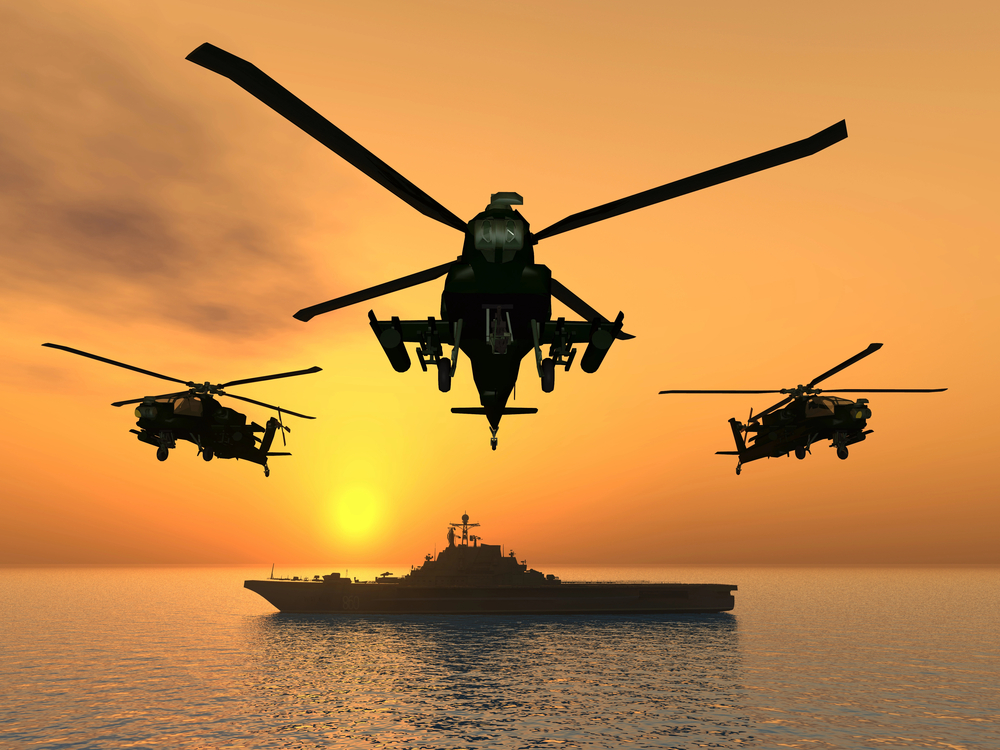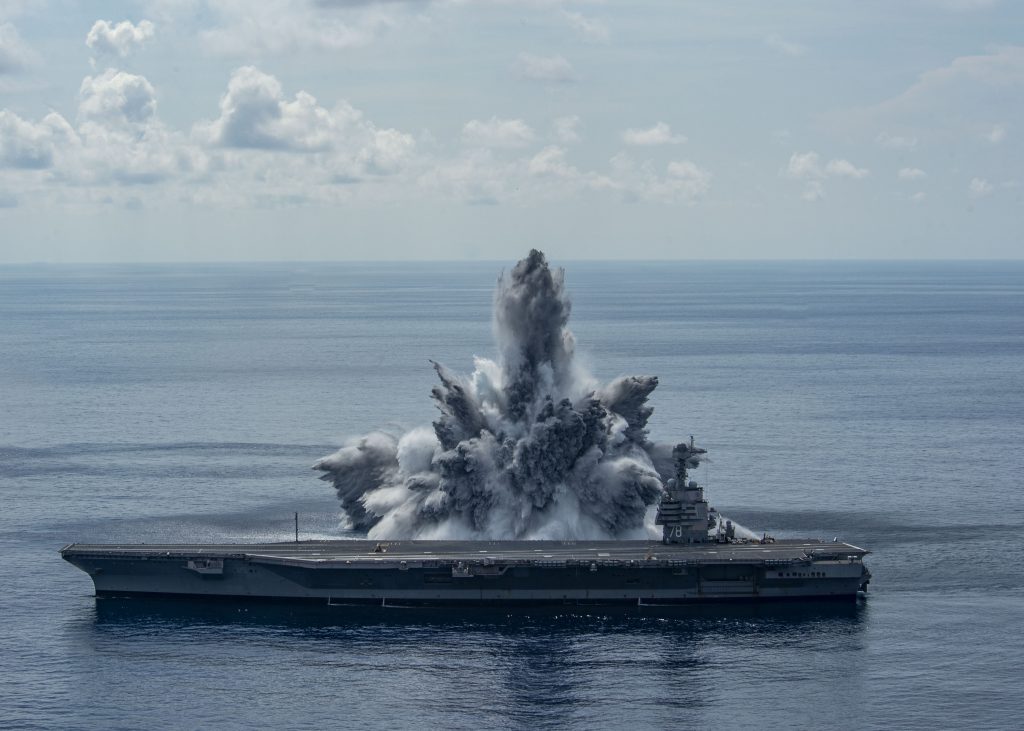
In the dark predawn hours of May 19, 1941, the colossal Bismarck, a battleship of unrivaled might, slipped into the Baltic Sea, commencing her voyage. The German navy had not produced such a gargantuan vessel since the First World War. Its task was monumental, to disrupt the lifeline between the United States and Great Britain by severing the flow of supplies across the Atlantic. The German high command believed the Bismarck, deemed “unsinkable,” would force Britain into capitulation.

By the fateful morning of May 24, the Royal Navy’s HMS Hood, a revered symbol of British naval power, and the newly commissioned HMS Prince of Wales had engaged the Bismarck in the Denmark Strait. The confrontation was marked by the thunderous exchange of gunfire, culminating in a catastrophic blow to the Hood. A single shell from the Bismarck penetrated Hood’s ammunition magazine, igniting an explosion that cleaved the ship in two, plunging it into the depths and snuffing out over 1,400 British lives in moments. It was the Royal Navy’s gravest single-ship loss in history.
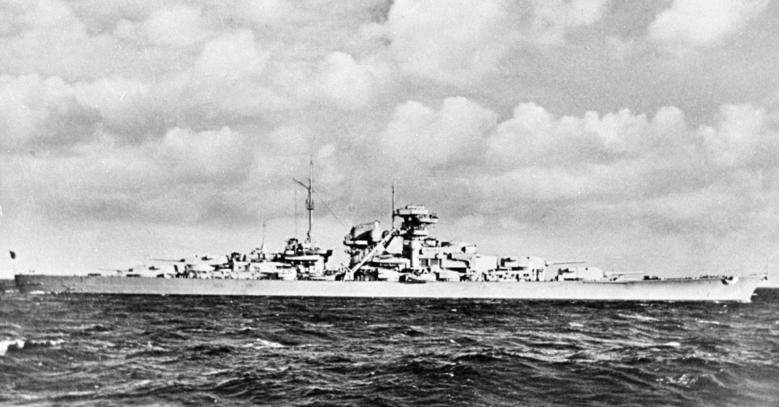
The British, incensed by the loss of the Hood and eager to avenge their brethren, unleashed a relentless pursuit of the Bismarck. With damage from the clash taking its toll on the German leviathan, Admiral Gunther Lutjens veered towards occupied France, seeking refuge. However, on May 26, the Bismarck’s fate veered into dire straits as British Fairey Swordfish biplanes, in an astonishing display of aerial might, launched torpedoes that crippled its steering gear.
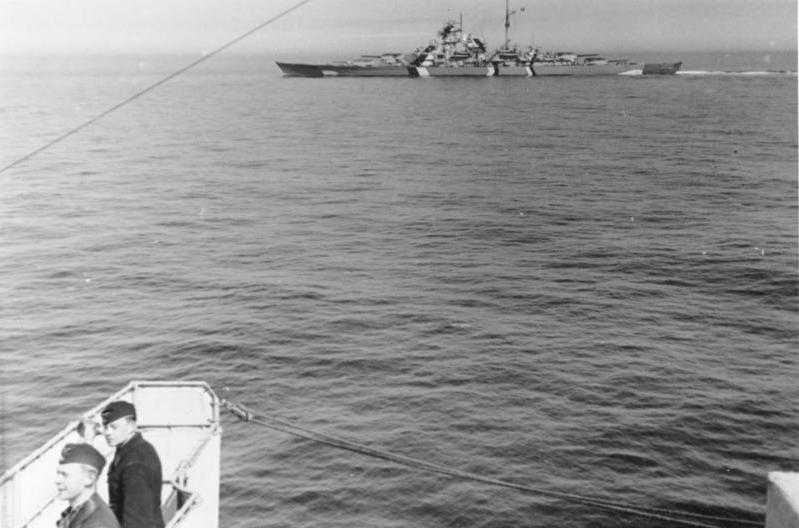
The subsequent British naval offensive was a calculated and overpowering response. On the morning of May 27, the King George V, HMS Rodney, and other vessels of the Royal Navy unleashed a torrent of fire upon the German titan. The Bismarck, a behemoth unable to navigate or flee, endured a relentless barrage. Ultimately, the HMS Dorsetshire’s torpedoes delivered the final blows, sending the once-feared Bismarck to its watery grave at approximately 10:40 a.m.

The Bismarck’s demise, less than 10 days after it had proudly embarked on its Atlantic mission, marked the end of its brief but historic journey. The ocean floor claimed the “unsinkable” ship, along with nearly 2,000 of its crew. British vessels rescued about 110 survivors, leaving behind a scene of desolation and tragedy.
related images you might be interested.

